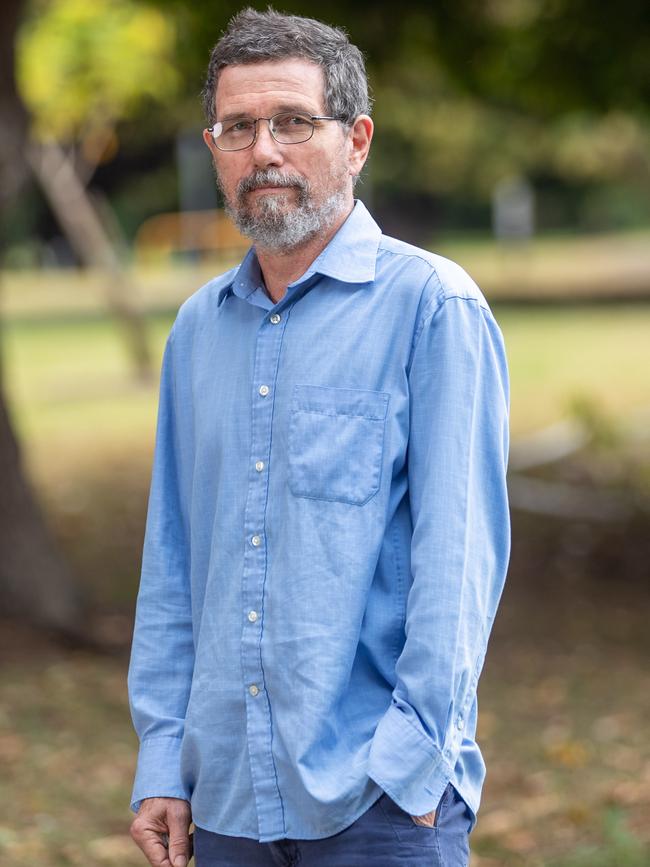Senate inquiry is bringing evidence about state of Great Barrier Reef to the surface

It was revealed by Paul Hardisty, boss of the Australian Institute of Marine Science, that only 3 per cent of the reef, the “inshore reefs”, is affected by farm pesticides and sediment. He also stated that pesticides, are a “low to negligible risk”, even for that 3 per cent.
The other 97 per cent, the true offshore Great Barrier Reef, mostly 50km to 100km from the coast, is effectively totally unharmed by pesticides and sediment.
This has been evident in the data for decades but it is nice to see an honest appraisal of the situation.
Why has this fact not been brought to the public’s attention in major documents such as the GBR Outlook Report produced by the Great Barrier Reef Marine Park Authority? Why has everybody been deceived about the true extent of the problem?
AIMS was also forthcoming on other important points. Records of coral growth rates show no impact from agriculture. Large corals live centuries, and have annual growth rings like trees. They record their own rate of growth. If farming, which started about 100 years ago on the reef coast, was damaging the it, there should be a slowing of the growth rate. The records show no slowing when agriculture started a century ago, or when large-scale use of fertiliser and pesticides began in the 1950s.

I have written previously that AIMS has been negligent in not updating the GBR-average coral growth data for the past 15 years. We have the scandalous situation that there is data going back centuries – but nothing since 2005. AIMS claimed coral growth rates collapsed between 1990 and 2005, due to climate change; however, there is considerable doubt about this result because AIMS changed the methodology for the data between 1990 and 2005. At the Senate inquiry, under some duress, AIMS agreed it would be a good idea to update this data if the government will fund the project.
Updating the coral growth rate data will be a major step forward. It will prove or disprove the doubtful decline between 1990 and 2005. It will also give the complete record of how the GBR has fared in the past 15 years, a period when scientists have become more strident in their claims that it is on its last legs.
Hardisty, to his credit, has recently implemented red-blue teams within his organisation to help with quality assurance of the work that AIMS produces. A red team is a group of scientists that takes a deliberately antagonist approach to check, test and replicate scientific evidence. A genuine red team is a far more rigorous quality assurance approach than the present system used in science – peer review – which is often little more than a quick read of the work by the scientist’s mates. What AIMS has done internally is similar to what I have been proposing – an Office of Science Quality Assurance that would check, test, and replicate scientific evidence used for public policy.
Unfortunately, Hardisty’s commitment to quality in science was not reflected by many other important witnesses at the Senate inquiry. Many are in denial and resorted to shooting the messengers. An extract from a letter signed by Professor Ian Chubb, a former Australian chief scientist, was read out by Senator Kim Carr.
Disputing the conventional wisdom on the reef was likened to denying that tobacco causes cancer, or that lead in petrol is a health risk. Worse still, the reason sceptics do this, apparently, is “usually money”. Scientists such as Dr Piers Larcombe, the pre-eminent expert on the movement of sediment on the reef, with decades of experience, is thus written off as a corrupt charlatan.
It is scientific “cancel culture”. It is easier than confronting Larcombe’s evidence that farming has very limited impact on the GBR.
It is customary to be very cynical of our politicians, but it was senators Roberts, Rennick, Canavan and McDonald who forced some truth from our generally untrustworthy science institutions. Only our politicians can save us from them.
The evidence about the reef will not be buried forever. All the data indicates agriculture is having a negligible impact on the reef, and recent draconian Queensland legislation against farmers is unwarranted. And this issue will be influential come the Queensland state election on October 31.
Peter Ridd is an independent scientist.







The Senate committee inquiry into the regulation of farm practices impacting water quality on the Great Barrier Reef has yielded some remarkable confessions by science institutions about the state of the reef. It has been the first time many of the scientists have been asked difficult questions and publicly challenged by hard evidence. They have been forced out of their bubble.